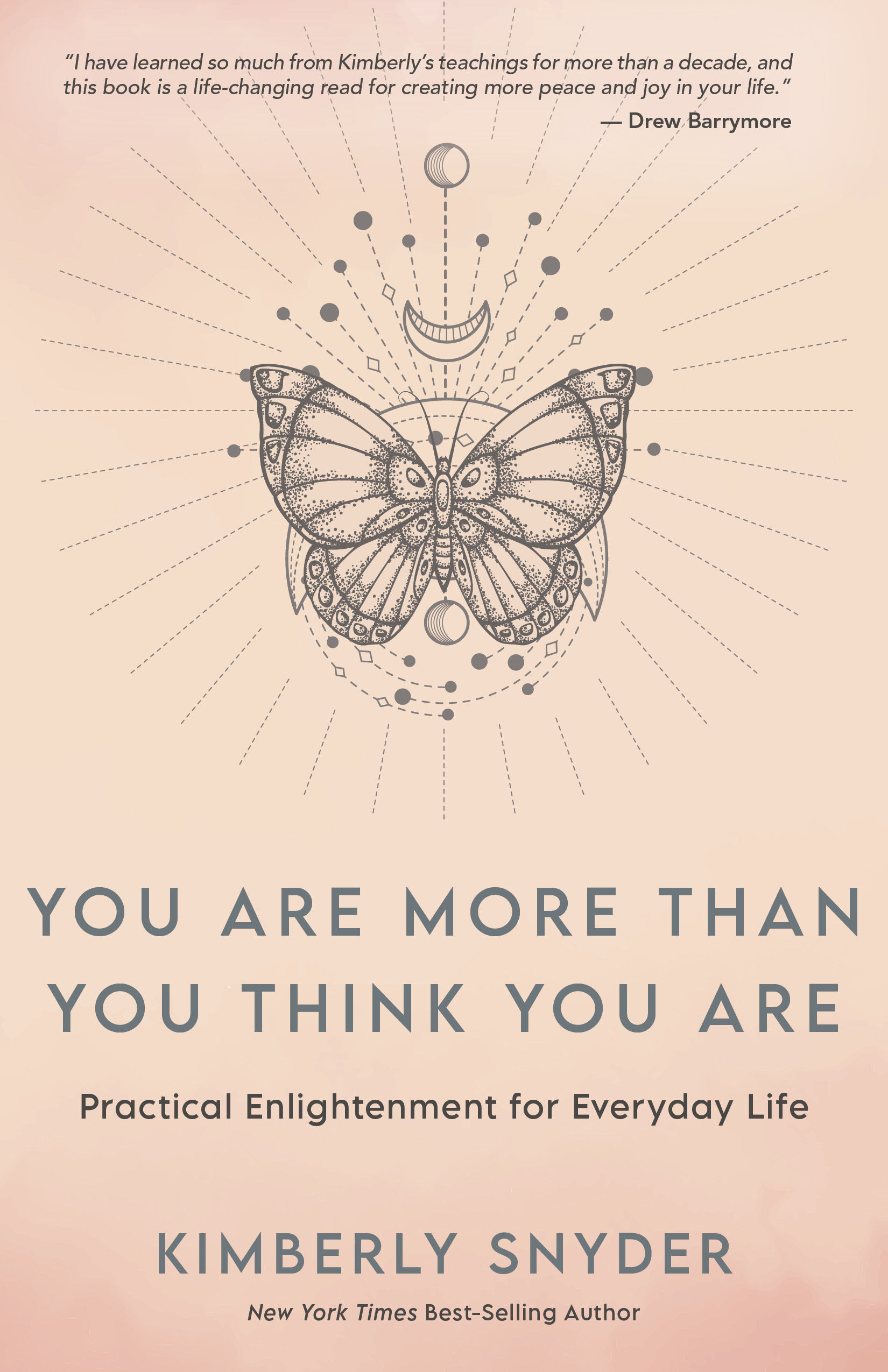Are you interested in a meditation practice but haven’t quite figured out how to get it started yet? There has been more awareness around meditation in the last few years, and you may have heard of all the amazing health benefits that you can receive from it.
In my third and brand new book, The Beauty Detox Power, I discuss some specific information about creating a personal meditation practice for yourself, as it is essential to tapping into your inner joyfulness and true power. It helps to anchor you, so you aren’t as reactive to what’s going on around you, and you can listen to your intuition more. This translates into making decisions that better serve you, and I also give a series of steps on how to introduce meditation into your life in a simple and doable way.
If you are just starting your practice or find it very difficult to sit still for any period of time (which is totally normal for all of us in the beginning, by the way!), the thought of meditation for just a few minutes may feel overwhelming to you.
Today I wanted to share 6 steps to walk your way to calmness. Walking meditation, called “kinhin” in the Zen tradition, can be practiced either as a supplement to a sitting meditation practice or on its own. It’s a wonderfully grounding practice, and is particularly helpful for people who, for physical reasons, have trouble sitting, or for people who tend to fall asleep while they’re meditating…or for whatever reason are finding a seated meditation practice just a really hard place to start right now!
Walking meditation isn’t a power run or a marathon, it’s so simple anyone can do it. In Asia, I’ve seen people in wheelchairs practice a rolling version of walking meditation. It can be done barefoot or wearing shoes, indoors or outdoors, along a path or back and forth across a room. Some people like to walk in a circular pattern.
Some people practice walking meditation at a regular pace, but I find it helps to start with a very slow speed. It’s more deliberate than normal walking, and so easier to keep focused.
To begin just follow the following steps (no pun intended!):
- Stand with your spine straight, but not rigid.
- Begin by centering yourself with a few deep breaths. In the Zen tradition, the left hand is made into a loose fist in front of the navel and gently covered with the right hand. However, if you are more comfortable with your arms at your side, that’s fine too.
- Eyes should be open and focused a few feet in front of you. You should be aware of your surroundings, but try to not get distracted by them. This is not the time for bird watching or cloud gazing. Watch where you’re going, but try to stay focused on your breath and body.
- Step slowly and deliberately with your right foot. Bring your awareness into your body and the muscles of your foot. Did you know the hands and feet together have more bones than the entire rest of the body? Every day we walk and use these bones, yet how often do we think of the amazingly coordinated response of muscles and bones necessary for our every step? The Buddhist monk, Thich Nhat Hanh says walking meditation is like kissing the earth with our footsteps. There is something gentle and sweet about this practice.
- Follow this slow, deliberate walk with each step you take. Observe your breath flowing in and out.
- No judgment! There is no goal with walking meditation and no destination. Just as in sitting meditation, learn to observe your thoughts without judging them. Do you find yourself getting distracted? Just bring your attention back to your breathing and your slow, sure steps.
That’s it!
There’s a philosophical part to this meditation that’s also important. A walking meditation symbolizes taking our practice out into the world. Meditation isn’t an escape. It’s not a way to hide from society by shutting ourselves off. Rather, meditation gives us tools to participate more fully and actively in the world.
Now it’s time for you to try it for yourself… happy, peaceful walking!
Shanti/Peace.



0 Comments